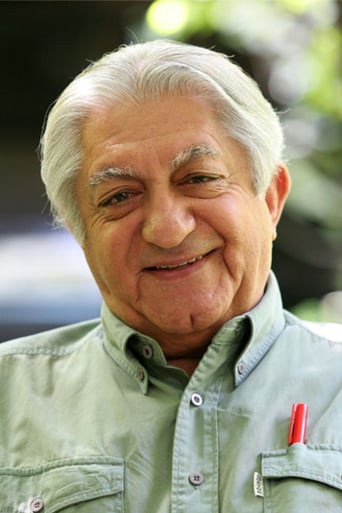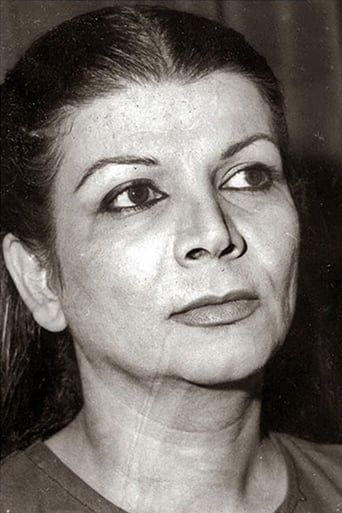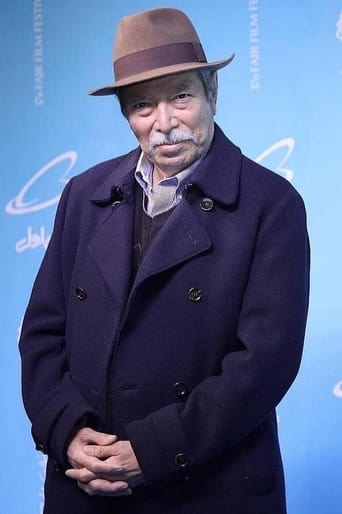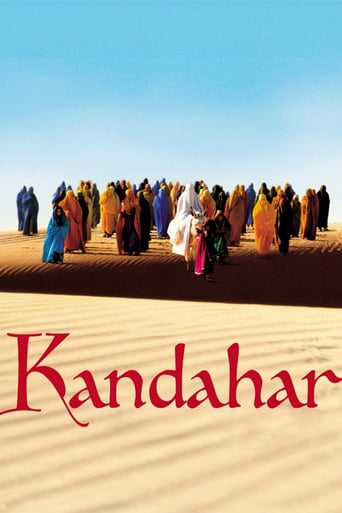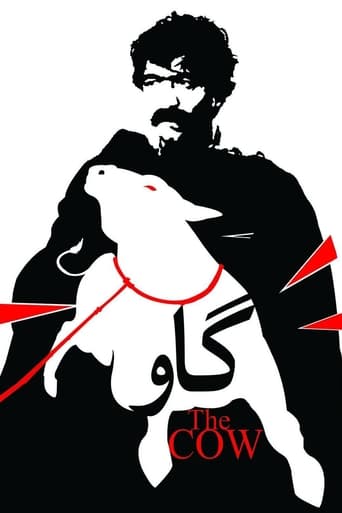
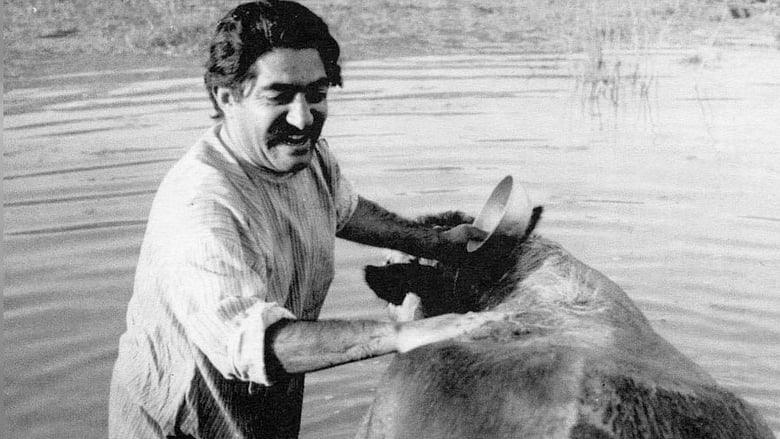
The Cow (1969)
An old villager deeply in love with his cow goes to the capital for a while. While he's there, the cow dies and now the villagers are afraid of his possible reaction to it when he returns.
Watch Trailer
Cast
Similar titles
Reviews
i must have seen a different film!!
This movie was so-so. It had it's moments, but wasn't the greatest.
a film so unique, intoxicating and bizarre that it not only demands another viewing, but is also forgivable as a satirical comedy where the jokes eventually take the back seat.
This movie feels like it was made purely to piss off people who want good shows
Nearing the end of ICM's best of 1969 movie poll,I searched for a final title to view. Seeing a post by fellow IMDber OldAle,I was excited to read praise for an Iran New Wave (INW) title, which led to me going down to the farm.View on the film:Farming closer to the Neo- Realist movement than the French New Wave, writer/director Dariush Mehrjui & cinematographer Fereydon Ghovanlou give the village a dour appearance,where the subtle use of black and white shadows lining the streets reflecting what lays at the dark heart of the village. Lovingly following Hassan's feeding of his cow, Mehrju and Ghovanlou take all that Hassan holds dear with flickering camera moves snapping Hassan's breakdown. Dipping into the dark human horror which would be explored the same year in the Czech New Wave film The Cremator, Mehrjui whips Hassan with inhumane treatment from the the locals, captured in frenzied dissolves, fading to the overlooking figures in a landscape.Born from Gholam-Hossein Saedi's play,the screenplay by Mehrjui features the most prominent edge from the Iran New Wave (INW) via Mehrjui dissection of the greed and pettiness followed by all of the rural locals, with the thought they show towards giving Hassan the bad news,burning into vile outbursts as Hassan's mental state degrades. Becoming completely separated from the villagers, Ezzatolah Entezami gives an incredibly expressive performance as Hassan,whose breakdown is treated with a gradual, earthy realism by Entezami,as Hassan looks in hope of seeing the cow on the field.
Very primitive. Villagers don't speak, they take turns, as if on cue, to SHOUT their lines at the top of their lungs, and in a pronounced Tehrani accent at that. The incessant SHOUTING gets annoying real fast.What makes things worse is that the sound level is the same regardless of the actors' distances from the scene. Someone shouting from the top of a roof several houses away is as loud as someone standing next to you. If you don't look at the screen, you will get the feeling that all actors are standing around a single microphone and shouting into it.This could have been a much better movie in the hands of a more experienced director and crew but as it is, I couldn't stand it. Fast-forwarded through.
In the small village where he lives, Masht Hassan is well-known because he owns the only cow. Needless to say he is very protective of the animal and treats it like the child he and his wife do not have bathing, feeding and playing with it; his main worry is that the neighbouring Boulouris will come in the night and steal it away. However while he is away one day, the cow starts to bleed from the nose and die faced with having to tell him it is dead, the villagers bury the body and agree to tell him it has strayed. When Hassan returns he cannot believe it and soon is spending nights on the roof of the barn waiting for it to return, part of a gradual spiral downwards with no end Considered to be one of the landmark films in the history of Iran as a force as a film producing nation, this will be a harder sell to Western audiences (myself included) who perhaps cannot understand the context of the story and some of the deeper meaning that, I assume, this story has. The plot is simple and it seems to show the mental decline of Hassan and the village's collective inability to deal with that within the confines of daily life. In painting a realistic picture of village life (the film was shot using a mix of actors and real villagers) the film maintains an interesting setting even if the development is rather slow and unsatisfying. It requires you to think of course, but I didn't think I had the knowledge to really appreciate it and I suspect that many other viewers will struggle for the same reason.The stark direction is good but I'm not sure if it suited the material as I would have preferred a washed out colour to compliment the sentiment in the film. It worked though and the performances are mainly good Entezami in particular convincing in his slide into instability. Worth seeing because of its stature within Iranian cinema then, but perhaps you need a greater understanding of the culture than I if you are to take more from it. Even still it is interesting in its view of village life and the attitude towards mental illness.
While it's director went on to do better work and this film marks a return of cinema to the post Shah Iran, sitting through it is an effort.We lose out both ways with the basic technique and unshaded characters of underdeveloped cinema (this one is like an early Yilmas Guney but nowhere near as good) made pretentious by what we must assume is opaque symbolism on the Kafka model.This village overfills it's quota of idiots.Best thing is the title background of the man walking a cow, reduced to an abstract.
